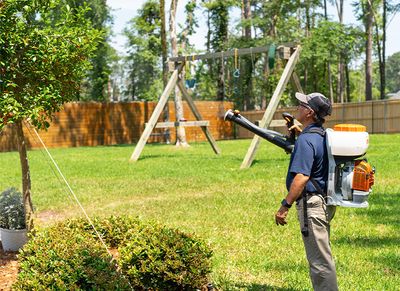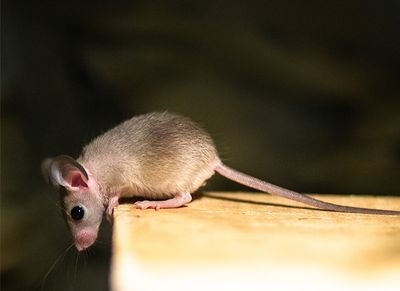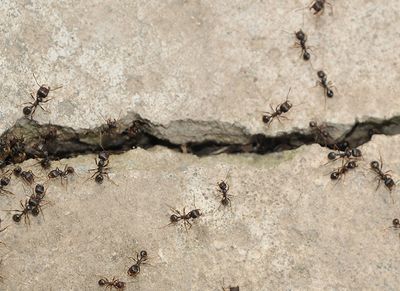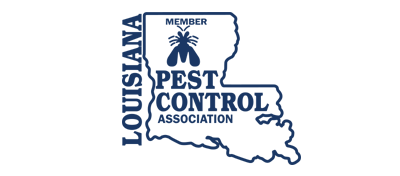What do carpenter ants look like?
Carpenter ants are a bit bigger than other ants in Louisiana. They grow to be ⅝ inches long and are usually red, black, or a combination of these colors. Carpenter ants also have large heads and mandibles. They use their mandibles to craft nests, sometimes inside man-made structures.
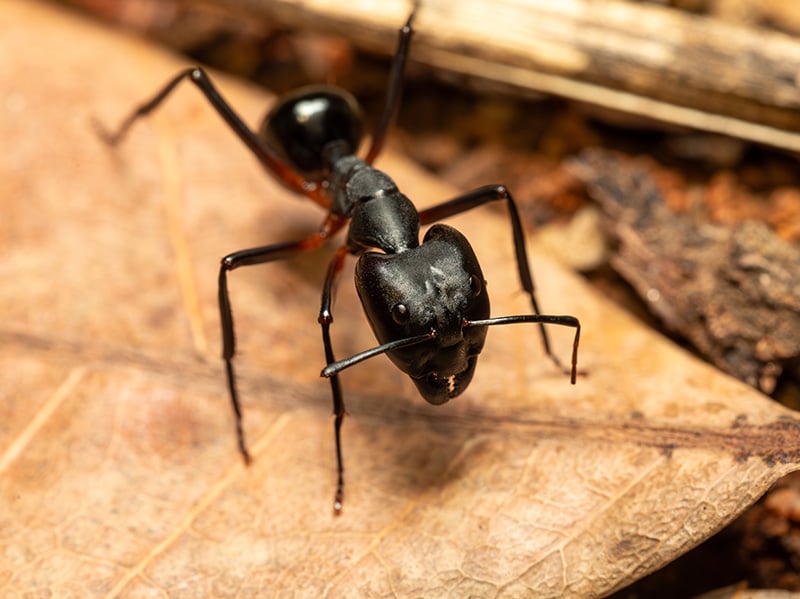
When are carpenter ants most active?
What do carpenter ants eat?
Unlike termites, carpenter ants do not eat the wood they chew on. These large insects are omnivores. They mainly eat living or dead bugs. They also eat the sweet liquid produced by aphids, scale insects, or tasty sweets found inside homes, like sugary beverages and honey.
Are carpenter ants dangerous?
Although carpenter ants have large mandibles, they are not known for biting people. The only time they will bite is if they feel trapped or threatened. If you don’t pick up one of these insects and shake it inside your closed hands, you should have no problem avoiding a pinch from their mouthparts. Other than that, carpenter ants are mostly harmless to people.
How long does it take carpenter ants to do serious damage?
Carpenter ants damage homes by chewing tunnels through structural wood. This is a problem, but not as bad as you might think. Carpenter ant damage gets worse over time. The longer these insects chew through your home, the more noticeable damage will become. To prevent damage, contact a pest control company at the first sign of a problem.
What attracts carpenter ants?
Carpenter ants are always looking for food and safe places to live. These pests love moisture and damp areas. If your home is humid, carpenter ants may come indoors. They might also invade to find food and moisture sources.
Where do carpenter ants nest?
In the wild, carpenter ants nest inside decaying trees, dead stumps, and other moist or rotten wood. When looking to build a nest inside a man-made structure, these insects look for sections of water-damaged wood. Properties not adequately protected from moisture are more susceptible to carpenter ant problems.
What are the signs of a carpenter ant infestation?
Many things might point to a carpenter ant infestation. Seeing large, red, black, or red and black ants around your property is a good sign you have a problem. You may also notice pin-sized holes chewed into baseboards, floorboards, frames, and other wooden structures indoors or around your property. You might also notice frass, which looks like fine sawdust; in many ways, that is precisely what frass is. But frass also includes insect parts and fecal matter.
What's worse, carpenter ants or termites?
Termites are by far the most destructive insects on the planet. They consume wood like no other pests. Termites never stop eating wood. As you can imagine, termite damage can become quite extensive over time. As mentioned, carpenter ants do not eat wood but tunnel through it to create their galleries. The result is much less damage.
Can you ignore carpenter ants?
Although carpenter ants are easy to identify and cause damage slowly, we do not recommend ignoring them. The longer you ignore a problem, the more damage these insects will cause. If you suspect carpenter ants are on your property, contact Anti-Pest. We’d be happy to help you locate nests and address any issues we find.
How do I get rid of carpenter ants?
Locally owned and family-operated Anti-Pest has been helping property owners eliminate and prevent pest problems since 1950. If you live in Shreveport, Bossier City, or elsewhere in Bossier, Caddo, or DeSoto Parishes and are worried about carpenter ants, give us a shout! We offer home pest control and commercial pest control services that take care of carpenter ants and other pests - guaranteed!
How do I prevent carpenter ants?
To make your property less attractive to carpenter ants, here are some great prevention tips to try:
- Trim back bushes and trees so they do not touch your home’s exterior.
- Store firewood at least 30 feet from your home and in a dry or covered area.
- Remove fallen trees and stumps from your property.
- Seal potential entry points around your home’s foundation and utility entrances.
- Seal all your doors and windows to prevent insects from entering.
- Address potential food sources by keeping your home and property clean.
- Fix leaky pipes and damaged fixtures and address other moisture problems.
- Reduce clutter around your property as it promotes moisture build-up.
If, despite your efforts, you find signs of carpenter ants in or around your home or structure, contact Anti-Pest for assistance.

Testimonials


Our Services
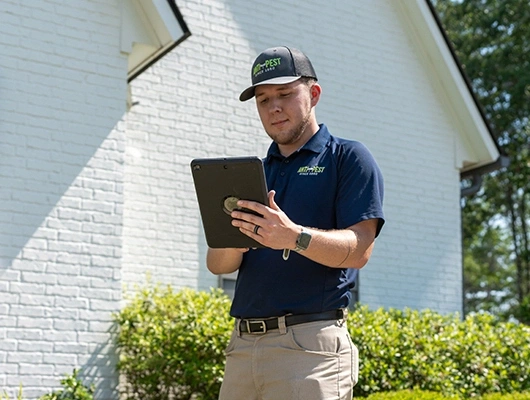
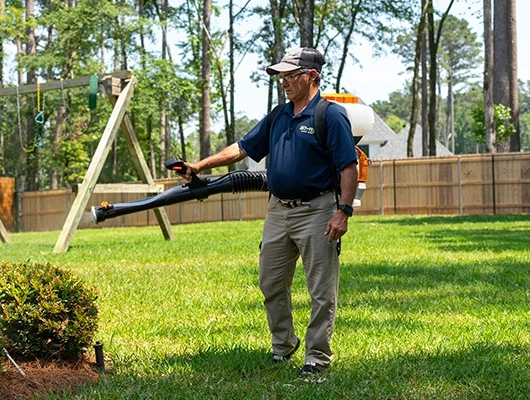
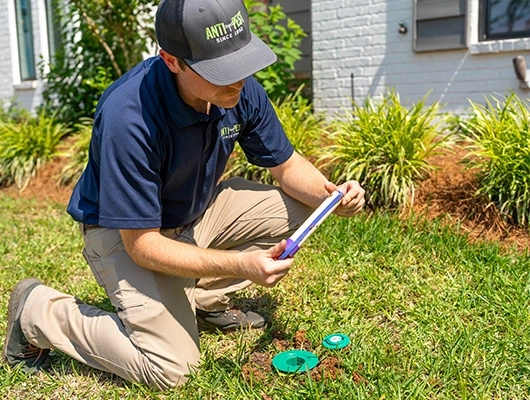

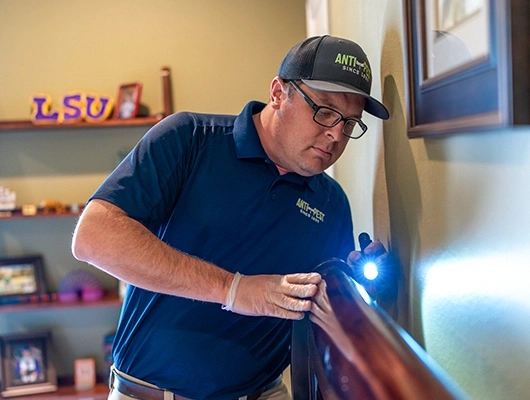
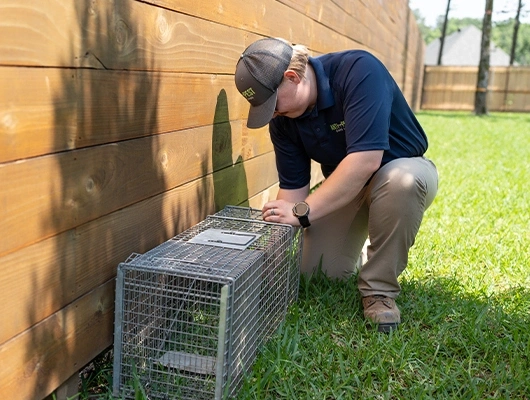
News, Blogs, & Articles
Anti-Pest Blog
